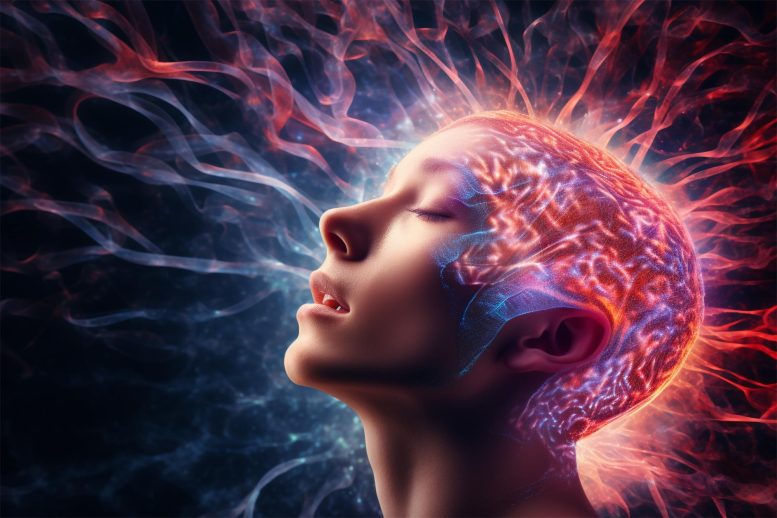
Researchers have identified a connection between the amygdala in the brain and post-seizure breathing failure, providing insights into SUDEP, a significant cause of death among epilepsy patients.
Seizure activity in the amygdala may help explain sudden unexpected death in epilepsy.
A research team supported by the National Institutes of Health (NIH) has identified a part of the brain that may be associated with breathing failure following a seizure in people with severe epilepsy that cannot be controlled with medication. The condition, known as sudden unexpected death in epilepsy (SUDEP), is the leading cause of death in this patient population. The new findings, by researchers at the University of Iowa, Iowa City, and published in JCI Insight, may play a critical role in understanding SUDEP, for which causes are not well-explained.
Breathing Interruption After Seizures
It is widely believed that the majority of SUDEP cases are due to loss of breathing that occurs after a seizure ends, known as postictal apnea. The study found that individuals who experience postictal apnea lose a sense of “air hunger” – the primal urge to breathe – or alarm, suggesting that the brain may be unable to detect and respond to rising carbon dioxide (CO2) levels in the blood when the apnea occurs.
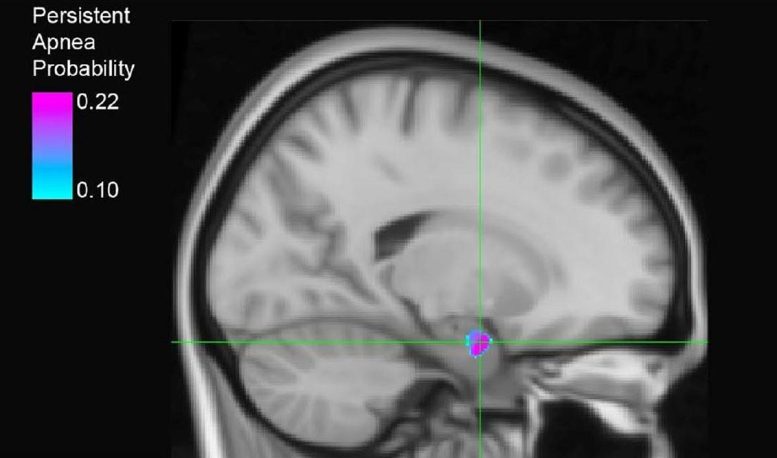
Researchers identified a site in the amygdala critical to breathing loss following a seizure. The purple and blue region represents a probability map of the region linked to persistent apnea, based on data from 20 subjects with uncontrolled epilepsy. Credit: Dlouhy lab, University of Iowa
Study Design and Findings
To examine this, researchers enrolled 12 adults and 8 children with epilepsy that could not be controlled with medications, and who were undergoing intracranial electroencephalography (iEEG) in an attempt to control their seizures. iEEG involves placing electrodes inside the skull to record electrical activity from the brain and to locate where seizures are starting. Using direct electrical stimulation, the team induced seizures in the participants under medical supervision to examine forebrain control of breathing and apnea. They found that seizures that originate in the amygdala, a brain region primarily involved in processing emotion and fear, can cause postictal apnea and identified the amygdala subregion involved in prolonged breathing loss. Only five of the 20 participants developed postictal apnea, suggesting that some individuals with uncontrolled seizures may be more prone to the condition.
Neural Connections and Further Insights
Subsequently, scientists employed a technique combining electrical stimulation with functional MRI to identify novel connections between the amygdala site and the brainstem region critical for sensing changes in blood CO2 levels and controlling breathing. Taken together, the findings suggest that seizure activity in a subregion of the amygdala can suppress breathing and air hunger for prolonged periods of time following seizure. This is likely controlled via connections with the brainstem and other brain sites involved in sensing signals from the body. Additional studies are needed to confirm the role of the amygdala in breathing suppression and its involvement in SUDEP.
The findings further increase understanding of SUDEP and may help uncover preventative treatments and identify those most at risk. The study was funded in part by the National Institute of Neurological Disorders and Stroke (NINDS), part of NIH.
For more on this research, see Deciphering Unexplained Epilepsy Deaths.
Reference: “Failure to breathe persists without air hunger or alarm following amygdala seizures” by Gail I.S. Harmata, Ariane E. Rhone, Christopher K. Kovach, Sukhbinder Kumar, Md Rakibul Mowla, Rup K. Sainju, Yasunori Nagahama, Hiroyuki Oya, Brian K. Gehlbach, Michael A. Ciliberto, Rashmi N. Mueller, Hiroto Kawasaki, Kyle T.S. Pattinson, Kristina Simonyan, Paul W. Davenport, Matthew A. Howard III, Mitchell Steinschneider, Aubrey C. Chan, George B. Richerson, John A. Wemmie and Brian J. Dlouhy, 3 October 2023, JCI Insight.
DOI: 10.1172/jci.insight.172423
This study was supported by NINDS (R01 NS113764, K08 NS112573 01, 5K12NS080223), the National Institute on Drug Abuse (R01DA052953), and the National Institute of General Medical Sciences (T32 GM067795). Additional support came from the Congress of Neurological Surgeons, Oxford University Hospitals NHS Trust, University of Oxford, Roy J. Carver Charitable Trust, and the U.S. Department of Veterans Affairs.




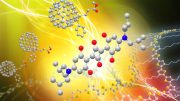
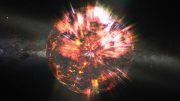
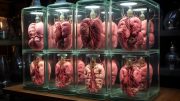
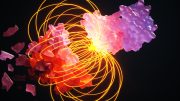
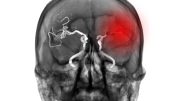
Be the first to comment on "Amygdala’s Secret: How the Brain Forgets To Breathe"